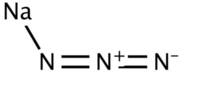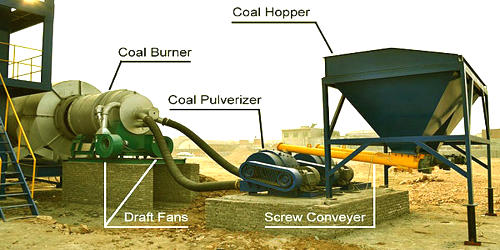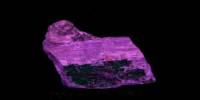Sodium tetrachloroaluminate, also known as sodium aluminum tetrachloride, is an inorganic compound with the chemical formula NaAlCl4. It is a white crystalline solid that is soluble in water and polar organic solvents.
Sodium tetrachloroaluminate is an important reagent in organic synthesis, particularly for the preparation of alkyl and aryl aluminum compounds. These compounds are useful in a variety of reactions, including nucleophilic substitutions, reductions, and additions to carbonyl groups.
It was discovered in the 20th century. It is the sodium salt of the tetrachloroaluminate anion. It can be prepared from sodium chloride and aluminium trichloride. NaAlCl4 is a white crystalline solid that is soluble in water, ethanol, and other polar solvents. It is used as a catalyst in organic reactions, particularly in Friedel-Crafts reactions. It can also be used as a Lewis acid in organic synthesis.
Properties
Sodium tetrachloroaluminate is a Lewis acid and can react with Lewis bases to form adducts. It can also react with water to form aluminum hydroxide and hydrogen chloride.
- Appearance: It is a white crystalline solid that is soluble in water.
- Melting and boiling points: The melting point is 157 °C, and it does not have a boiling point because it decomposes before boiling.
- Density: The density is 1.97 g/cm³.
- Solubility: It is soluble in water and ethanol, but insoluble in organic solvents such as benzene and toluene.
- Stability: It is stable under normal conditions, but it decomposes when exposed to air, water, or heat.
Uses
Molten sodium tetrachloroaluminate is used as an electrolyte in sodium-nickel chloride batteries. It can also be used as a catalyst in the Friedel-Crafts reaction, which is a classic organic reaction used to form new carbon-carbon bonds. Additionally, it is used in the production of aluminum metal and as a flame retardant in plastics. However, it is important to handle sodium tetrachloroaluminate with care, as it can be corrosive and toxic if not properly handled.
It is important to handle NaAlCl4 with care, as it can be corrosive and toxic. It should be stored in a cool, dry place and handled with appropriate protective equipment, such as gloves and goggles.
















